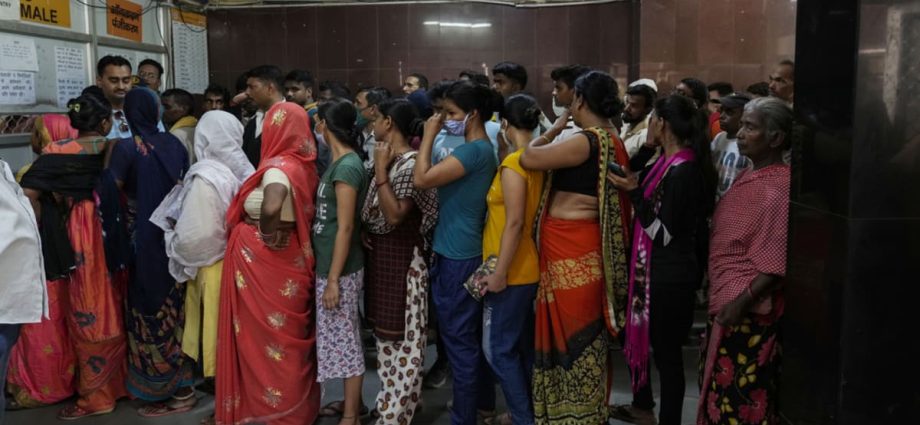
India Meteorological Department data shows Ballia reported a maximum temperature of 42.2 degrees Celsius on Friday, which is 4.7 degrees Celsius above normal.
The scorching summer has sparked power outages across the state, leaving people with no running water, fans, or air conditioners. Many have staged protests.
Uttar Pradesh Chief Minister Yogi Adityanath assured the public that the government was taking all necessary measures to ensure an uninterrupted power supply in the state. He urged citizens to cooperate with the government and use electricity judiciously.
“Every village and every city should receive adequate power supply during this scorching heat. If any faults occur, they should be promptly addressed,” he said on Friday night in a statement.
The main summer months — April, May and June — are generally hot in most parts of India before monsoon rains bring cooler temperatures. But temperatures have become more intense in the past decade. During heat waves, the country usually also suffers severe water shortages, with tens of millions of its 1.4 billion people lacking running water.
A study by World Weather Attribution, an academic group that examines the source of extreme heat, found that a searing heat wave in April that struck parts of South Asia was made at least 30 times more likely by climate change.
In April, the heat caused 13 people to die at a government event in India’s financial capital of Mumbai and prompted some states to close all schools for a week.

